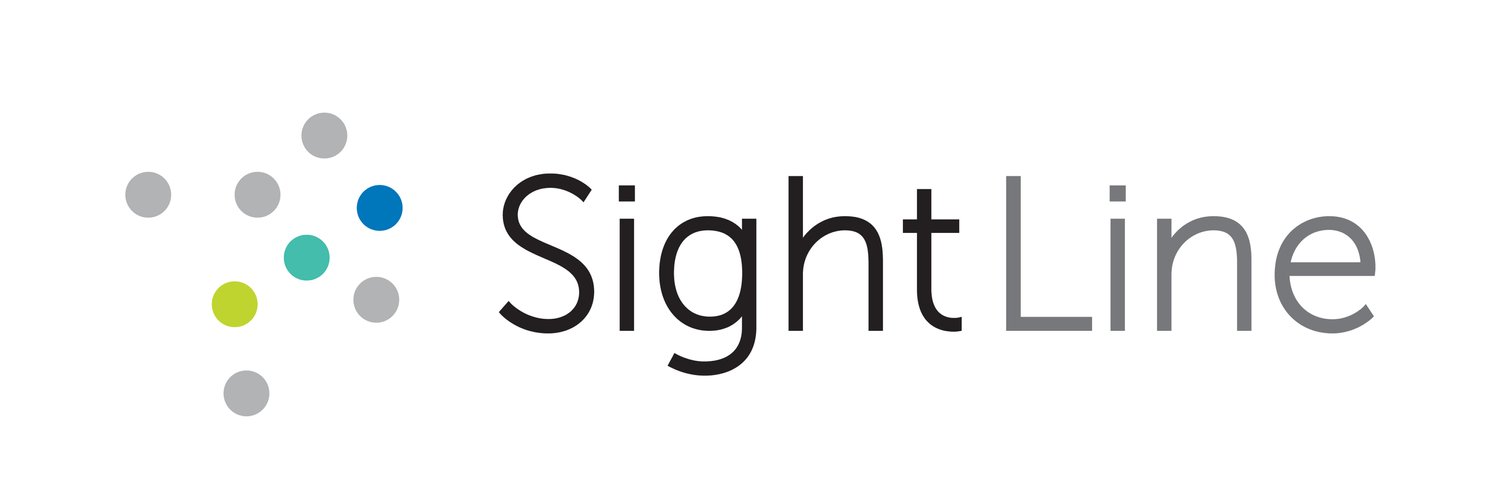Keep Financial Aid Expenses within Budget – A Predictive Modeling Approach
Financial aid expense forecasting is challenging for universities but is necessary to make sure the financial aid payouts will fall within the annual budget. With enrollment and retention levels fluctuating annually, there is much uncertainty around institutional financial aid payout amounts. However, SightLine’s innovative predictive modeling and machine learning solution allows colleges and universities to reliably estimate financial aid expenses, mitigating uncertainty and risk.
The Challenge of Uncertainty in University Financial Aid:
For universities, the uncertainty surrounding enrollment and retention rates poses a significant hurdle in financial aid budgeting. Without a clear understanding of which students will enroll or persist, it becomes challenging to accurately predict the amount of institutional aid that will be disbursed.
The SightLine Predictive Analytics Solution:
SightLine offers a comprehensive solution to this challenge by employing individual student-level probabilistic models to forecast enrollment and retention rates. Through a meticulous analysis of student characteristics and academic progress, SightLine provides universities with precise predictions regarding student behavior.
Key Features of SightLine's Approach:
-
SightLine delves deep into the individual profiles of students, examining factors such as demographics, academic performance, and financial need to generate accurate forecasts.
-
By estimating a range of possible outcomes, SightLine equips universities with the tools needed for effective risk management. This enables institutions to prepare for various scenarios and mitigate potential budgetary and expense risks.
-
Leveraging institutional data, SightLine delivers payout predictions specific to various financial aid funds. This granular level of insight allows universities to allocate resources strategically and ensure alignment with budgetary goals.
-
SightLine provides ongoing monitoring and verification, enabling institutions to track their financial aid expenditures throughout the cycle. This real-time feedback loop ensures that universities remain on track to stay within budgetary constraints.
-
Information can easily be lost between budgeting, financial aid, and enrollment offices. Each office shares the goal of enrolling and supporting students while responsibly managing financial resources. Student level predictive modeling and what-if-scenarios help these offices understand how enrollment fluctuations, changes to financial aid policies and structures can impact expenses and ultimately the bottom line. This is critical information for the budgeting office to obtain but is not always clearly estimated and communicated. SightLine’s financial aid expense forecasting can help.
Unlocking University Financial Stability:
By leveraging SightLine's innovative approach to financial aid expense forecasting, universities can unlock newfound stability in their financial planning processes. Armed with precise predictions and risk management strategies, institutions can make informed decisions that align with their budgetary objectives while also meeting the diverse needs of their student population.
Apply Predictive Analytics for Accurate Financial Aid Forecasts:
By harnessing the power of predictive analytics and individualized insights, institutions can forge a path towards financial stability and ensure the equitable distribution of institutional aid resources. With SightLine as a trusted partner, universities can embark on a journey towards fiscal resilience and student success.
Reach out to the SightLine team to learn more about our financial aid budgeting and expense forecasting recommendations for your institution.
